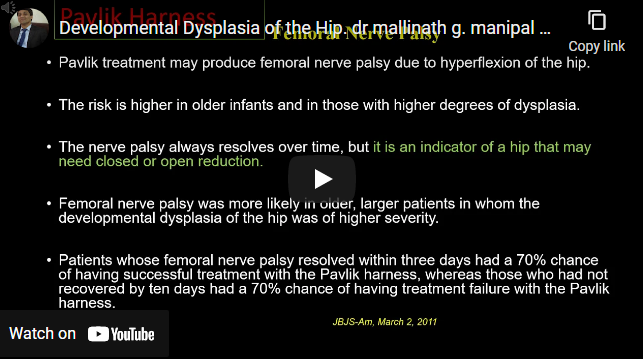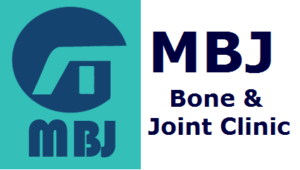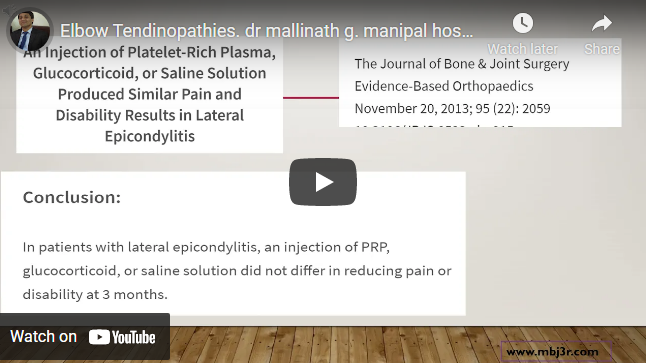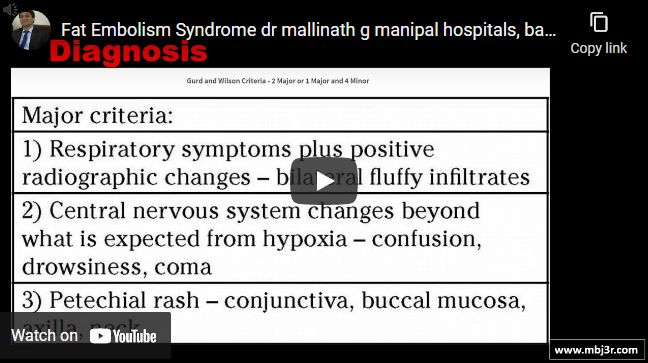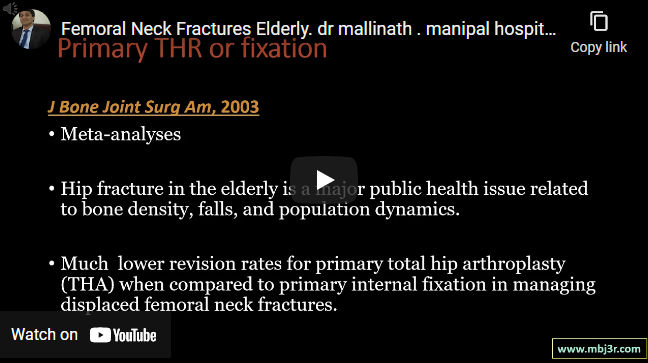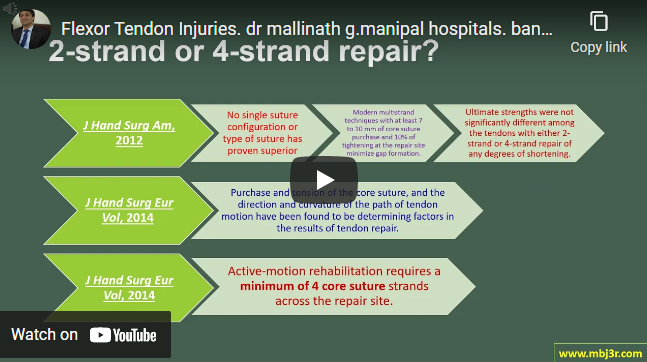More common in females (6:1), first born, left hip (60%) more than right, and Bilateral in 20% Presentation depends on the age of baby Barlow and ortalani test sensitive upto to 95% in first 6 weeks and there after sensitivity decreases USG scan investigation of choice in suspected new born cases Radiographs useful after 6 months of age As the child grows, following…
